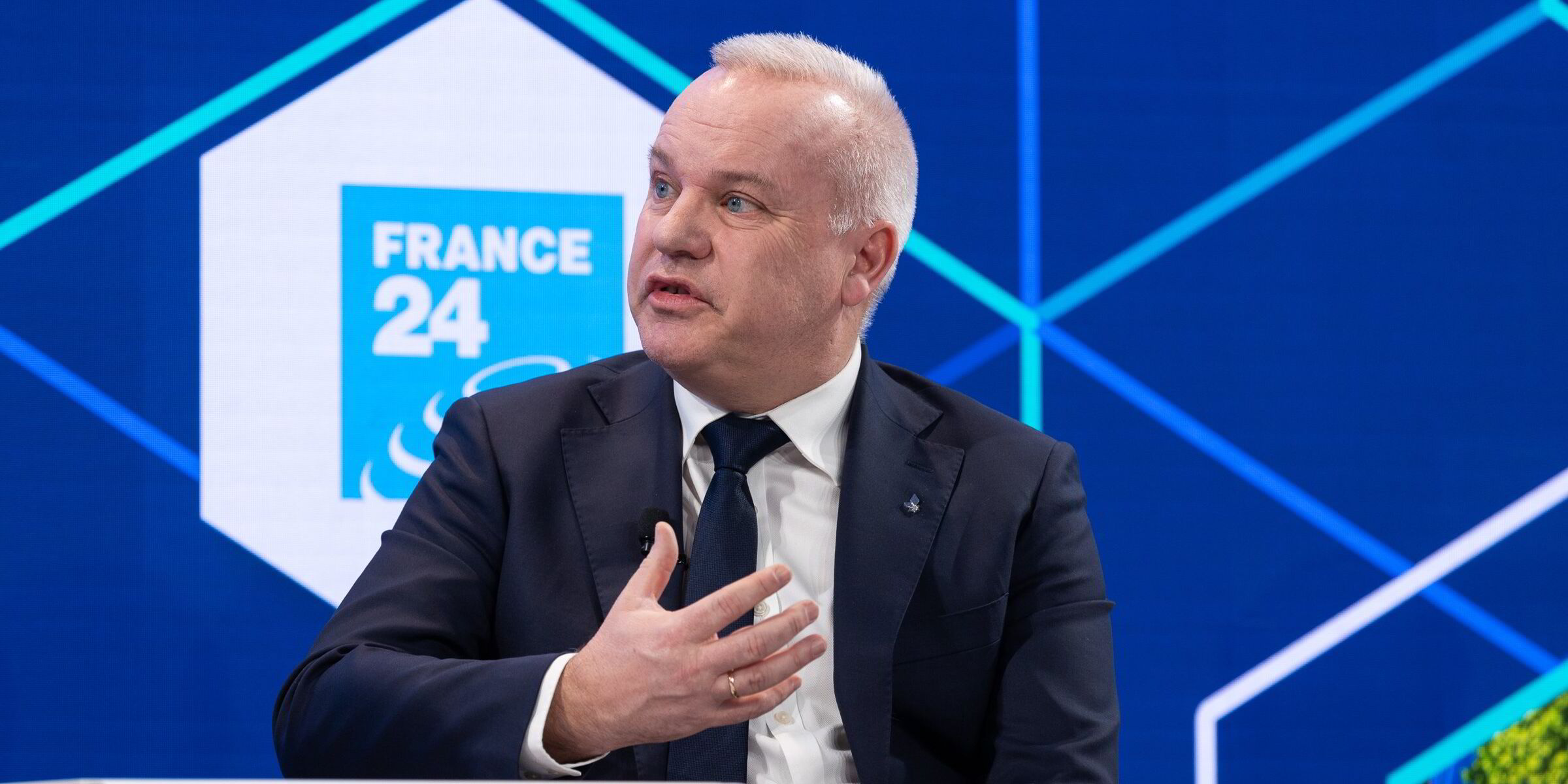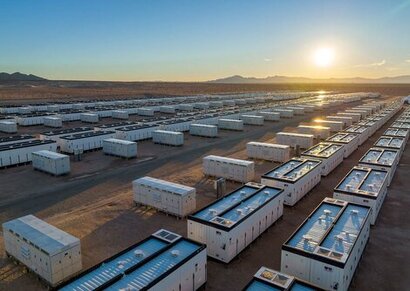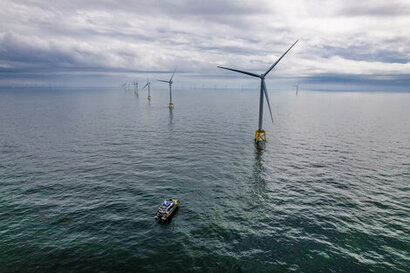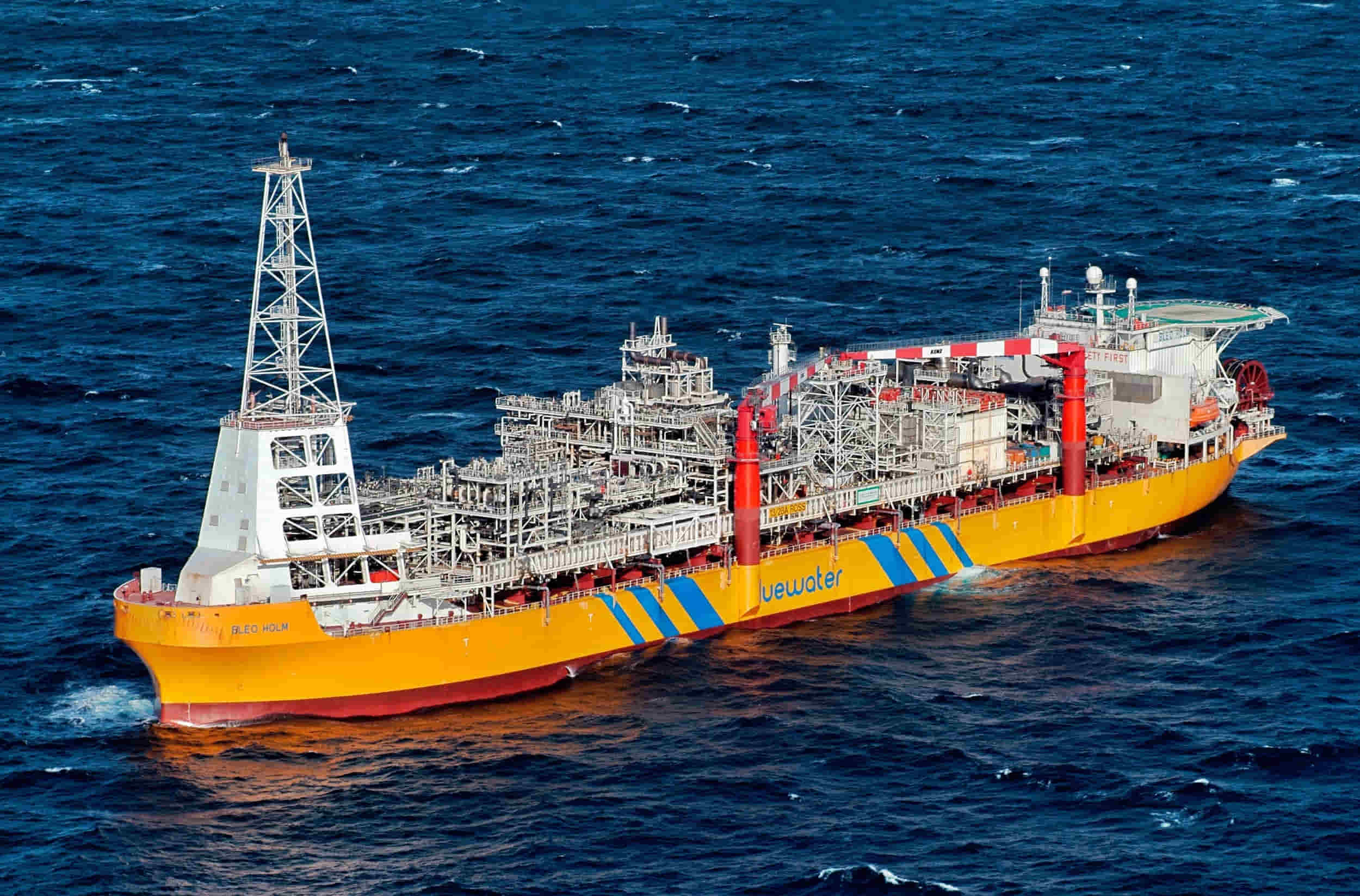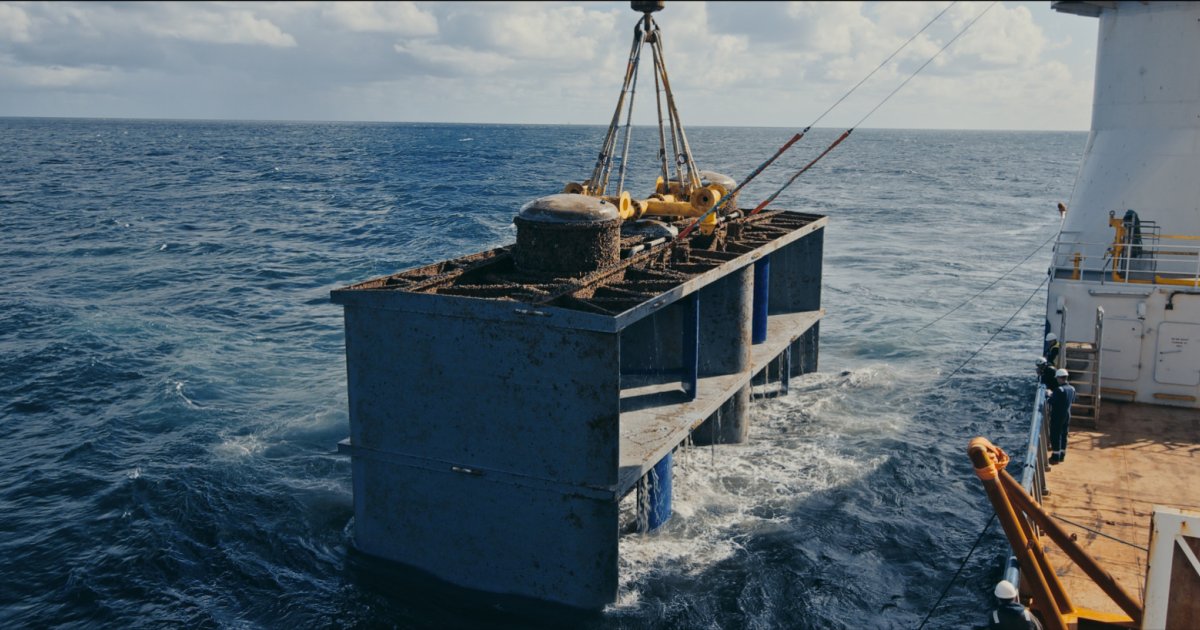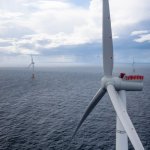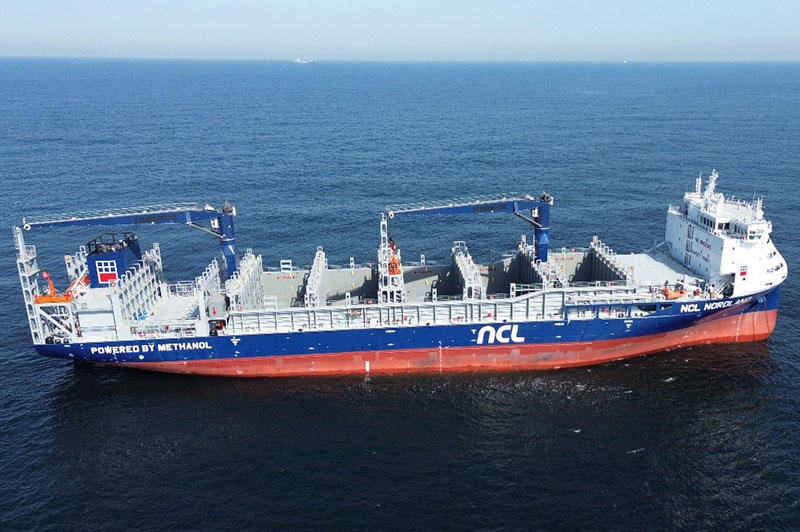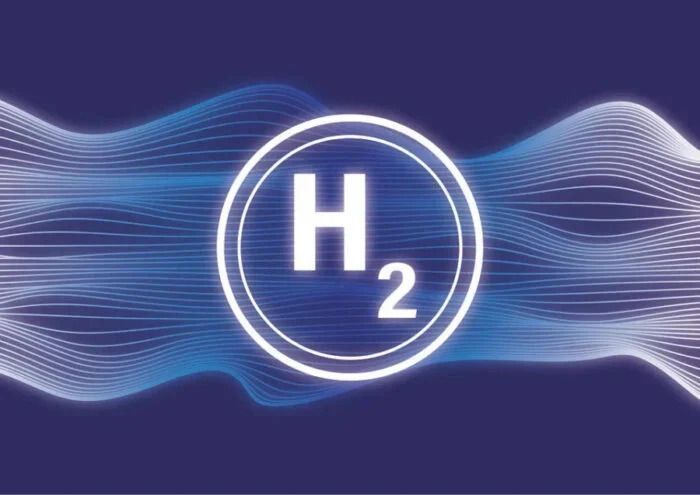EU Drops Nearly €1B on Green Hydrogen—Norway and Spain Take the Lead
Hydrogen Bank Unleashes €992M in Clean Fuel Cash—But Can Europe Scale Fast Enough? The European Commission just dropped nearly €1…
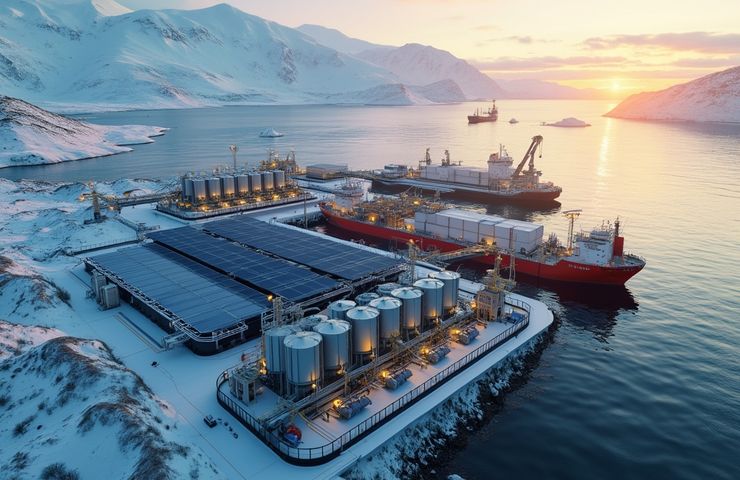

Hydrogen Bank Unleashes €992M in Clean Fuel Cash—But Can Europe Scale Fast Enough?
The European Commission just dropped nearly €1 billion into the green hydrogen pot, backing 15 ambitious projects across Europe. Spain came out ahead with eight awards, followed by Norway with three, and one each for Germany, Finland, and the Netherlands.
The cash is going into electrolysis setups powered by new solar, wind, or hydro energy. No old grid power here—this is all about fresh, additional renewables. The goal? Crank out 2.2 million tonnes of renewable hydrogen over the next ten years.
Sounds big, but it barely moves the EU a fifth of the way toward its lofty REPowerEU 2030 target.
What It Means: Maritime Moves and Cost Games
This isn’t the EU’s first rodeo with hydrogen funding. It builds on the 2023 pilot from the Hydrogen Bank—but there’s a twist this time around: maritime hydrogen applications take center stage.
Norway’s trio of winners—Norwegian Hydrogen, Gen2 Energy AS, and Green H AS—aim to decarbonize Arctic shipping. They’re talking cryo-bunkering terminals and electrolyzer plants weathering subzero temperatures in Finnmark.
If everything pans out, this could offset up to 2.8 million tonnes of LNG each year. That’s no small feat.
Technical Dive: Electrolysis and Bunkering in the Hot Seat
Let’s cut to the chase: most projects are betting on PEM electrolysis, a reliable—but still pricey—tech for cracking water into hydrogen and oxygen.
But here’s the kicker: The electricity has to come from brand-new renewable sources, not existing grid power. That means proving “additionality”—a bureaucratic headache in itself.
To level the playing field, the EU is filling in the cost gap with subsidies ranging from €0.45 to €1.88 per kilogram to cover the difference between what hydrogen actually costs to make and what the market’s willing to pay.
Strategic Angle: This Is About Jobs, Ports, and Politics
Let’s be honest—this isn’t just clean energy for the sake of the planet. It’s industrial transformation in progress.
These 15 projects could kickstart around 15,000 new jobs in manufacturing equipment like electrolyzers and hydrogen systems. For Norway, it’s especially symbolic—a pivot away from fossil fuels, leveraging its hydropower reserves and expertise in Arctic logistics to lead the maritime industrial decarbonization charge.
Meanwhile, Spain is quietly becoming Europe’s renewable powerhouse. With truckloads of sunshine in Catalonia and Andalusia, the country’s uniquely positioned to produce low-cost green hydrogen and emerge as a foundational player in clean hydrogen production.
The Big Watch-Out: Infrastructure Will Be the Bottleneck
Here’s the elephant on the dock: Europe’s ports aren’t ready. Even if electrolyzer costs drop to around €450/kW by the end of the decade, it won’t mean much without a massive ramp-up in hydrogen infrastructure—like bunkering systems, storage facilities, and upgraded grid interconnections.
And then there’s that pesky “prove your power is extra” rule. It sounds good on paper, but in practice? It’s proving to be a messy hurdle.
Perspective: It’s Ambitious, But It’s Not Scaled
No doubt, this is a move in the right direction. But 2.2 million tonnes over 10 years? That only gets the EU about 22% toward its energy independence dreams. So yes, it’s progress—but let’s not pretend it’s a silver bullet.
Unless we see serious investment in hydrogen infrastructure and aggressive scaling on the ground, a lot of that green hydrogen might never make it to market-effectiveness.
That said, we’re starting to see what works. Norway’s cold-climate maritime testbed and Spain’s sun-drenched hydrogen clusters show that a “one-size-fits-all” formula isn’t the answer. Localized, impact-driven projects might just be the ticket.
Final Thought
So the Hydrogen Bank is officially in the game, throwing down €992 million to jumpstart the future of hydrogen. But here’s the real question—can Europe get this off the ground at full industrial speed? Or are we in for another decade of promising pilots tied up in red tape?
Time to prove it.
What's Your Reaction?








